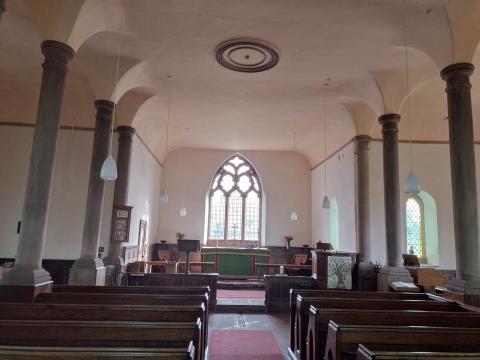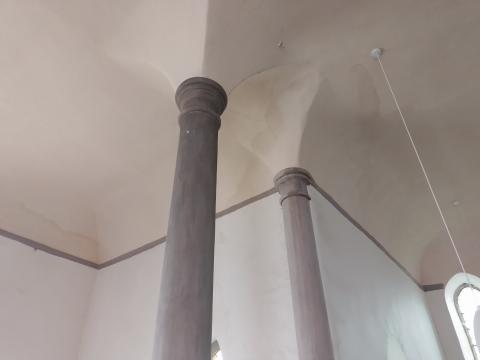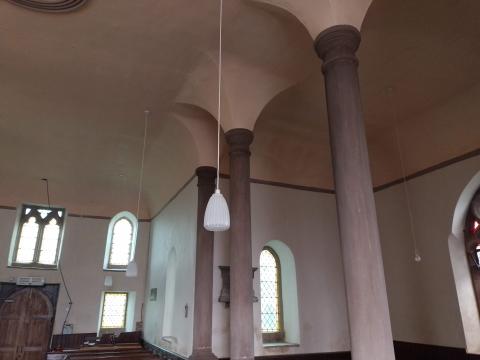Pillars of Culgaith

All Saints’ Church at Culgaith, Cumbria, is a peculiar place. It was erected in 1756, during a century which saw the construction of dissenting chapels, but few parish churches. It retains a medieval window to the altar’s rear from the previous building, but one’s eyes are drawn to the four columns which separate the two transepts from the nave. Although older, gothic churches make much use of pillars, which are usually thick and heavy, these columns are rather lighter and slender, and were certainly more fashionable in the eighteenth-century with its love of classicism. I rather like them: they make this building stand out in my mind.

Both pillars and columns are load-bearing, helping to support the roof or an arcade above them. Although they might get in the way of an observer (though seldom an auditor), a secure roof is to everyone’s advantage. The Lord Jesus states in Revelation 3:12:
He who overcomes, I will make him a pillar in the temple of My God, and he shall go out no more. I will write on him the name of My God and the name of the city of My God, the New Jerusalem, which comes down out of heaven from My God. And I will write on him My new name.
Pillars and columns, unlike fabrics, furnishings and décor, are permanent, structural features. ‘He who overcomes’ will be a permanent participant of eternal worship and fellowship with God. He will not literally hold up a roof, because this great temple is hardly inclined to collapse, but God’s people will one day be given a permanence and perpetuity long denied them on earth.


- Log in to post comments


 Sunday Worship 10.45am & 6.00pm
Sunday Worship 10.45am & 6.00pm